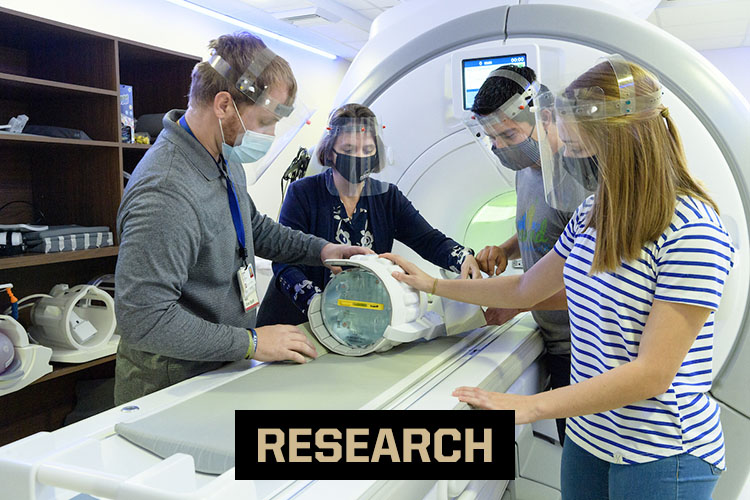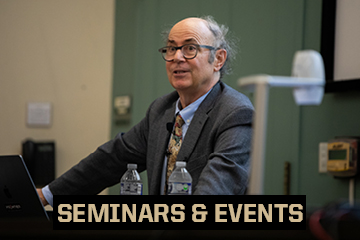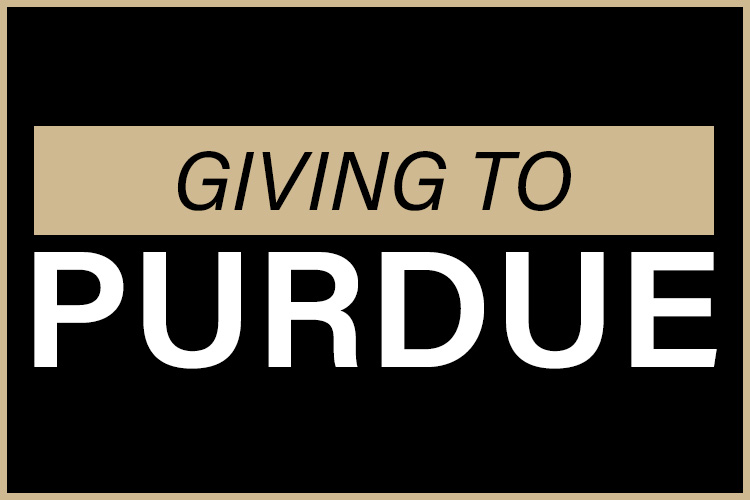News
Quantum Corridor, Toshiba Demonstrate First Cross-State Quantum Key Distribution Over Live Commercial Metro Fiber Network
AP — Quantum Corridor, in collaboration with Toshiba International Corporation and partners, today announced the successful demonstration of quantum-secured communication over a live metropolitan fiber network connecting Tier III data centers in Illinois and Indiana—an achievement that marks a critical step toward building a commercially scalable, quantum-safe internet for the United States. PhysAstro's Michael Manfra was quoted in the article.
Purdue Physics and Astronomy faculty years of service celebrated at recent luncheon
Purdue University recognized more than 300 faculty members for their years of service during a celebratory luncheon Dec. 2. Faculty members were celebrated for service anniversaries ranging from 10 years to a remarkable 55. Eight faculty members in the Physics and Astronomy Department are celebrating over 10 years of service.
Whispers of Light: Purdue Physicists Build Collective Quantum Interface for Future Quantum Internet
Researchers at Purdue are finding new ways to make light and matter work together more efficiently. This would be a crucial step toward building the quantum internet of the future.
Largest observed flare from a black hole unleashes the light of 10 trillion suns
CNN — Astronomers have spotted the largest and most distant flare ever observed from a supermassive black hole. Nicknamed “Superman,” the flare originated 10 billion light-years from Earth, and at its peak, the light emitted shone with the brightness of 10 trillion suns. PhysAstro's Danny Milisavljevic was quoted in the article.
Quantum Wonders Unveiled: Quantum Open House 2025 at Purdue
On September 20, the Purdue Department of Physics and Astronomy hosted the Quantum Open House 2025, an annual outreach event celebrating discovery and curiosity in quantum science. Students, educators, and community members experienced an afternoon filled with interactive demonstrations, lab tours, and conversations with Purdue scientists who are pushing the boundaries of quantum science and technology. Check out the 2025 QOH recap!
All Departmental News



